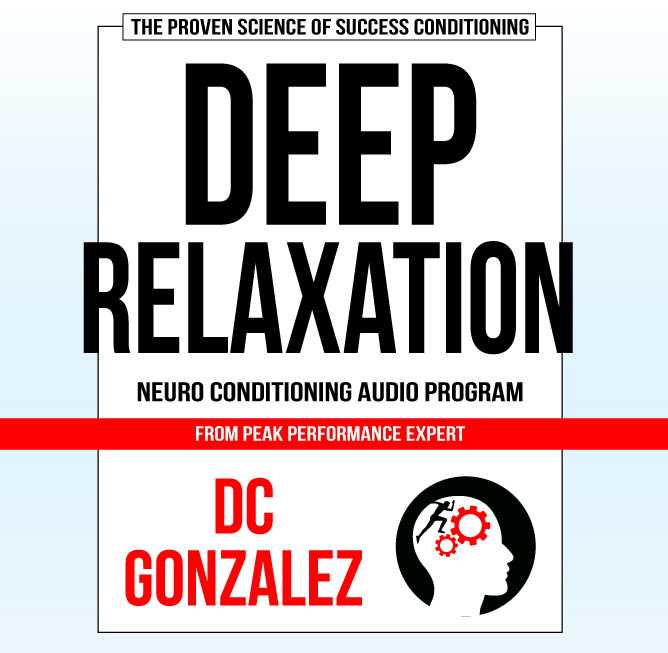Athletes realize that sports success requires more than physical conditioning. To succeed on the field, you need a confident, concentrated mindset. Visualization techniques for soccer players—imagining success—can make all the difference. Visualizing achievement helps athletes perform better, gain confidence, and overcome mental limitations.
Visualization techniques for soccer players have been touted by self-improvement, sports coaching, and peak performance specialists. In “The Champion’s Mind,” sports psychologist Jim Afremow says “a visualization is a strong tool that allows athletes to focus their attention, regulate their emotions, and improve their performance.” According to Tony Robbins, “the mind is the most powerful tool you have for attaining your goals,” hence visualization is crucial to success.
It’s apparent that serious athletes should use visualization with such recognized thinking leaders’ support. We’ll discuss the science of visualization, provide soccer players with strategies for picturing success, and show examples of visualization in action. Visualization may assist soccer players of all levels to improve.

The Science of Visualization for Soccer Players
Neuroscience and sports psychology have investigated visualization. Visualizing a skill or goal activates the same cerebral pathways as physically doing it, according to research. Visualization can increase our neural connections, improving our physical performance on the field.
Visualization has also been shown to reduce worry and stress, which can hinder athletes. Visualizing ourselves succeeding activates the same brain reward areas as a real-life accomplishment. This boosts confidence and reduces anxiety, helping athletes perform well under pressure.
Visualization helps athletes establish a growth mindset. Athletes can build confidence by imagining themselves reaching their goals and developing. This can help overcome mental blockages and overcome challenges, leading to higher field success.
Visualization science supports its use by athletes to boost performance, confidence, and mental toughness. Next, we’ll discuss soccer players’ visualization techniques.
Techniques for Visualization for Soccer Players
After learning about visualization science, let’s look at how soccer players can apply it in training. Visualization techniques:
Imagined
Visualization using mental imagery is prevalent. This entails vividly seeing a certain situation or activity using all the senses. A soccer player might visualize themselves completing a complicated play, utilizing all their senses to imagine the ball at their feet, the audience cheering, and the smell of newly cut grass.
Be specific when visualizing. Visualizations that are more realistic and detailed improve neural connections that support physical performance. To maximize this method, spend a few minutes envisioning yourself performing well before you play or practice.
Goal-setting
Goal-setting helps visualize. This requires visualizing a realistic goal and planning how to accomplish it. A soccer player can picture improving their passing accuracy through practicing, working with a coach, and staying focused during games.
Make goals specific, quantifiable, and doable. This will let you track and celebrate your progress. Visualizing your goals builds confidence, motivation, and a path to accomplishment.
Positive Self-Talk
Finally, positive self-talk is a strong visualization technique that uses affirmations and positive words to boost confidence and success. Soccer players might say “I am a skilled and confident player” or “I can manage any obstacle.”
Positive self-talk requires honest, empowering language. Self-confidence and self-efficacy can boost field performance. Repeating positive self-talk before games or practices can boost confidence and attention.
These visualization strategies might help you overcome mental limitations and improve your game. Next, we’ll discuss how to improve your visualization practice.

Tips for Maximizing Visualization for Soccer Players
To get the most out of your visualization practice, here are some tips to keep in mind:
- Practice regularly: Visualization requires practice. Visualize your field accomplishment daily for a few minutes.
- Use all your senses: Utilize all your senses to generate a detailed mental image when visualizing. This strengthens physical performance and neuronal connections.
- Be specific: More specific and detailed visualizations improve performance. Imagine particular scenarios, actions, and consequences and focus on the specifics that will help you achieve.
- Concentrate on the process, not simply the result: Visualizing your goals is vital, but so is focusing on the steps to get there. Visualizing the process of improving your talents and reaching your goals can motivate and build confidence.
- Remain positive: Visualization is a wonderful technique for gaining confidence and conquering mental barriers, but you must avoid negative self-talk. Use positive phrases to boost your confidence and motivation.
- Combine visualization with physical practice: Visualization is most useful when accompanied by physical practice. Visualize your pre-game or pre-training routine to establish brain connections that support physical performance.
Using these strategies can boost your gaming and visualization practice. Visualization can boost performance, confidence, and field goals with practice and attention.
Conclusion
Visualization may assist soccer players of all levels to enhance their game. Players can overcome mental obstacles and achieve their aims by using mental images and visualization. Mental imaging, goal setting, and positive self-talk help players visualize success, stay motivated, and build confidence.
Players can improve their game by adding visualization into their training and following recommendations like practicing often, engaging all their senses, and focusing on the process rather than the outcome. Visualization can help beginners and pros improve their skills, confidence, and game performance.
Anthony Robbins said, “Anything you hold in your mind on a constant basis is exactly what you will experience in your life.” By visualizing positive, empowering thoughts, you may strengthen your mind and achieve your goals on the field and beyond. Why not try? Visualization can help soccer players improve and attain their potential with practice and dedication.






